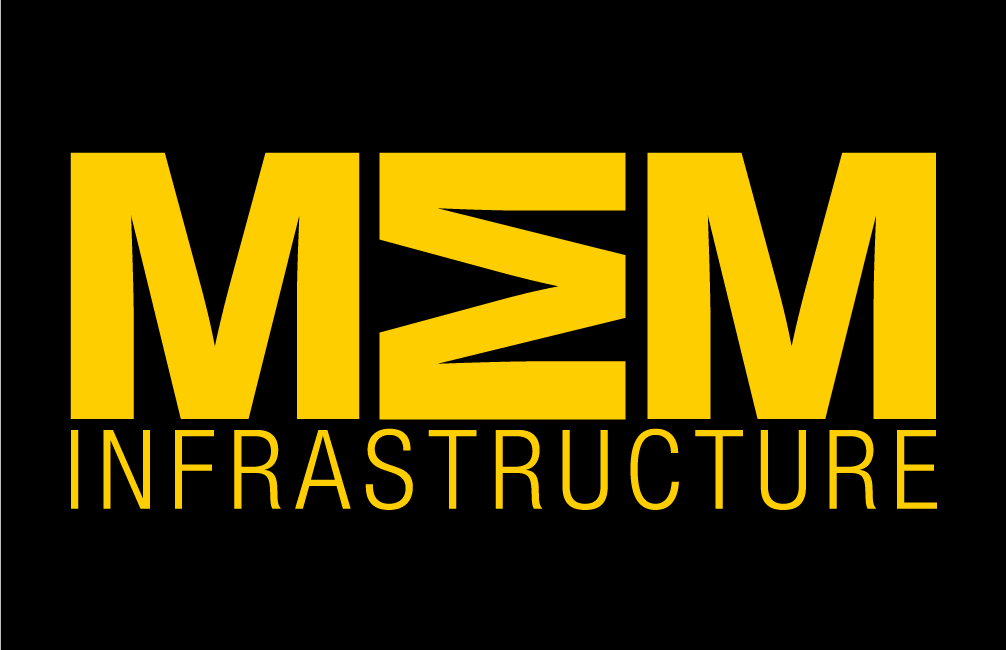Innovative Project to Tackle the Corrosion Problem : CorrosionRADAR, a spin-out from Cranfield University, and Scotland’s Innovation Centre for Sensor and Imaging Systems (CENSIS) have joined forces to tackle the challenge of how to detect corrosion that’s hidden under insulation. The 12-month project received a funding of £98,000, including a £68,896 grant from Innovate UK, under its recent Innovation in UK Infrastructure Systems funding round.
In the oil & gas industry alone, the cost of monitoring so-called Corrosion Under Insulation (CUI), in assets such as pipelines, is estimated at around £3.5 billion annually. Current practice relies on periodic removal of insulation in selected areas to check visually for corrosion. This new project will explore the use of remote sensors to monitor corrosion continually without the need to physically remove insulation.
As well as cutting the financial costs associated with manual corrosion monitoring (which may involve assets being shut down), CorrosionRADAR and CENSIS want to reduce the need for people to work in challenging conditions to remove insulation. Moreover, the project could open the way for a predictive maintenance regime based on IoT infrastructure and cloud-based data analytics.
“Tackling CUI in the oil and gas industry is the first application we foresee for this technology,” said Dr Chiraz Ennaceur, CEO of Corrosion Radar. “In the downstream segment alone, there are more than 700 crude oil refineries with over 2 million pipelines – and 25%-30% of these are prone to CUI. So, the need for better monitoring technology is huge.”
In this project, CENSIS will help CorrosionRADAR to integrate its corrosion and moisture sensors with IoT infrastructure, including long-life, battery-powered wireless data logging using industry protocols such as LPWAN, and cloud-based analytics.
The 12-month project will carry out a technical feasibility study for IoT enablement of the sensors, feeding directly into IoT infrastructure design and product development. With this place, the door is opened for the future work to design a predictive maintenance model. There would also be potential for UK manufacturing and technology providers around the knowledge developed.
Manufacturing & Engineering Magazine | The Home of Manufacturing Industry News















